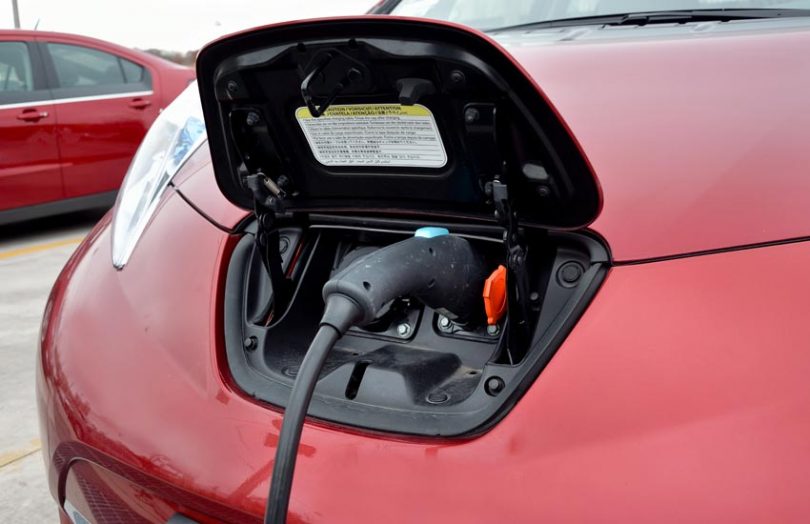Last week saw the launch of Equigy a new European energy crowd balancing platform that uses consumer batteries, electric vehicles and blockchain to balance the supply of energy to electricity grids. The consortium was founded by Terna, swissgrid and TenneT, which respectively operate electricity grids in Italy, Switzerland, and in the case of TenneT, the main Netherlands grid and parts of Germany.
The individual companies – also referred to as Transmission System Operators (TSO) – have launched numerous projects, some of which involve electric vehicles to store excess renewable energy. Hence the TSOs have partnered with BMW, Nissan, Fiat Chrysler and others to push forward their initiatives.
Renewable energy sources are becoming an increasingly important source of power. But given that distributed energy such as wind and solar are weather dependent, the power source is constantly fluctuating. That’s a challenge given the TSOs have to match supply with demand for electricity. At the moment, fossil fuels are used to make up the shortfall.
If instead, excess renewable energy is stored in batteries, it can be released later when the renewable sources are insufficient to meet demand. But domestic users need to be incentivized, which is where blockchain comes in to track the transactions when someone with battery-stored electricity releases it to the grid.
The Equigy platform aims to both reduce the fluctuations in energy supply and replace some of the fossil fuels used with renewable energy. It describes itself as the crowd balancing platform. Together the TSOs aim to create a standard approach.
“In many countries, we are therefore still reliant on fossil fuels to balance the grid when renewable sources aren’t available. This is not good for the planet and it’s costly,” said Rene Kerkmeester, initiator and Programme Director of Equigy. “Equigy offers a sustainable and cost-effective solution to this challenge.” Kerkmeester is also the digital transformation lead at TenneT.
In terms of the technology involved, the storage is in home batteries and electric vehicles. Internet of Things (IoT) devices such as smart meters and charging points help to keep track of the data. And in the latter case, those charging points can both top up car batteries and extract electricity from them. They’re bidirectional.
We’ll update the article when we have more details about the blockchain technology. Equigy says the technology and software will be provided free of charge.
Auto company use cases
One example of a collaboration with a car company is TenneT’s participation in the “Bidirectional Charging Management” (BDL) project. BDL is a consortium led by BMW and sponsored by the German Aerospace Center (DLR) to experiment with electric vehicle batteries as a potential source of energy supply to the grid.
TenneT also partnered with Nissan and energy firm Envision so that Nissan can install bidirectional chargers at a parts center in Amsterdam. The location has a solar power source, and for storage, there are recycled batteries and electric cars. Combined with bidirectional charging, this means electricity can be provided to the grid during peak times of demand.
In Italy, Terna has an alliance with Fiat Chrysler for a virtual power plant (VPP) based on a fleet of electric vehicles.
And TenneT is working with sonnen, a Shell startup that provides domestic batteries to store renewable energy. Sonnen has previously run a pilot with the Energy Web Foundation‘s blockchain solution.
Going forward, Equigy aims to expand the alliance, and Denmark’s Energinet has expressed its intention to join.






